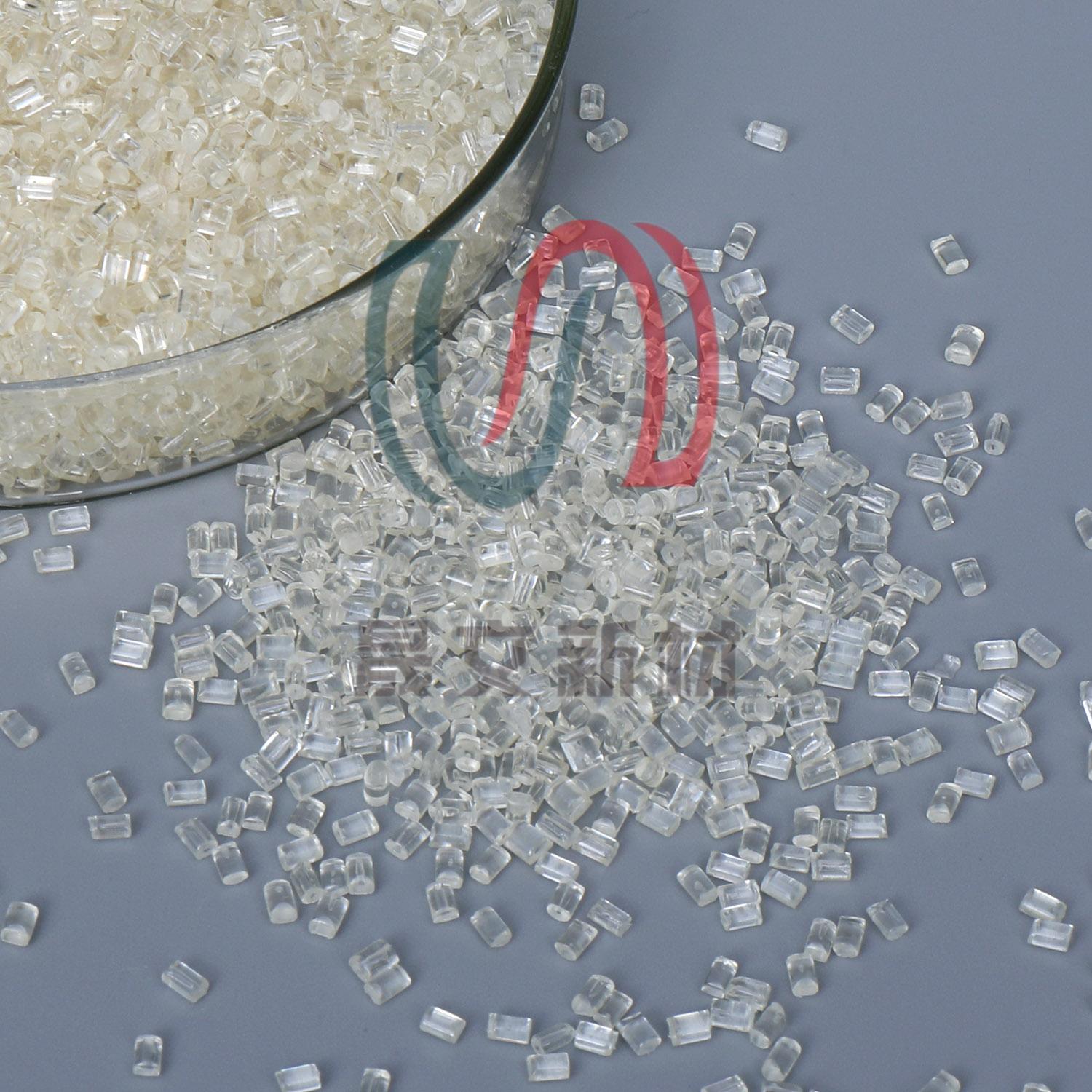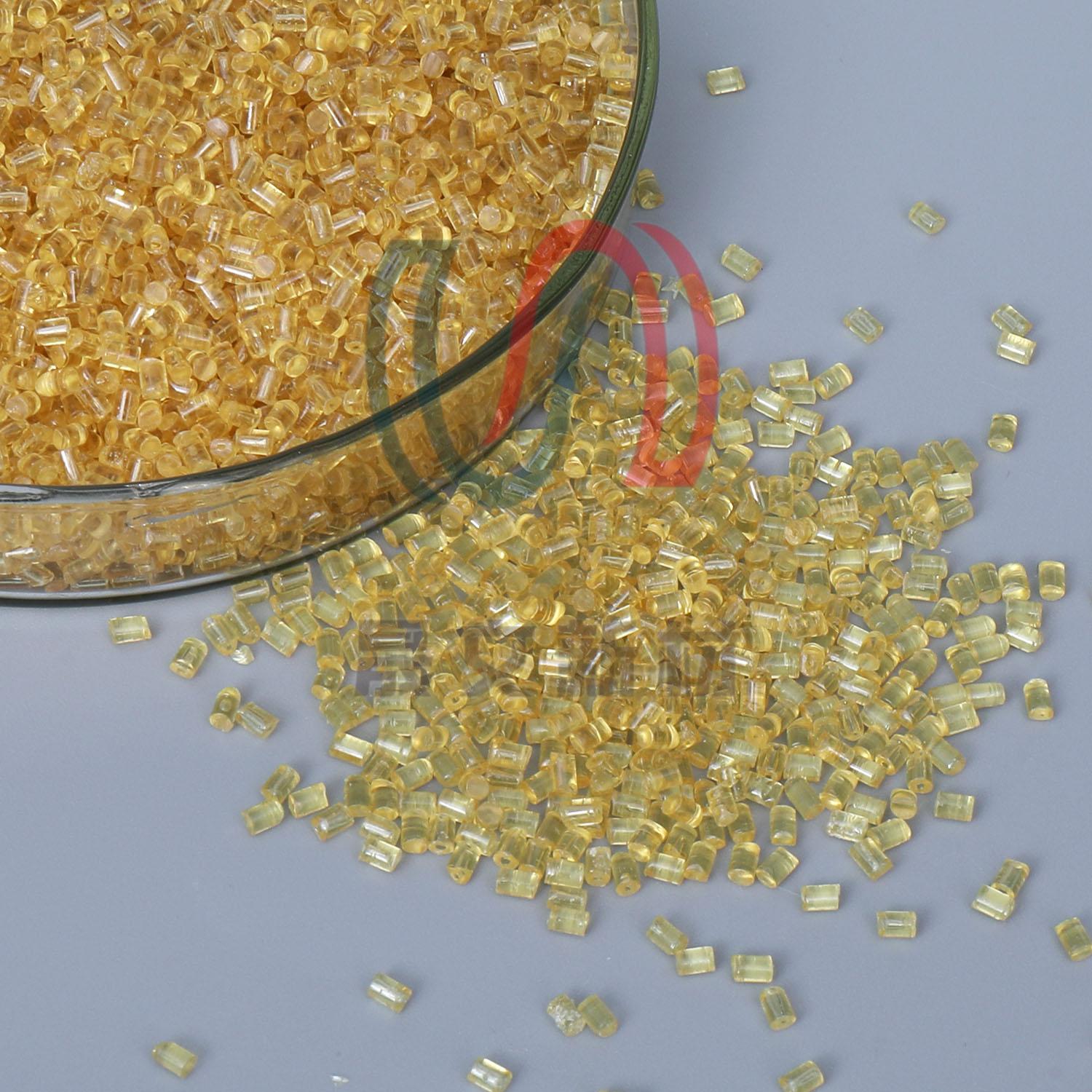As the world shifts toward clean energy, green hydrogen is emerging as a key player in the future of power. At the heart of hydrogen production lies the electrolyzer, and at the heart of every electrolyzer are the bipolar plates—also known as pole frames. These components may seem small, but their material choice has a big impact on system performance, lifespan, and cost.
So, which material is best? Metal, PPSU, or PEI? Let’s break down the real-world differences and help you make a smart, future-ready decision.
Before diving into materials, it’s important to understand the job of a bipolar plate.
These plates sit between individual cells in an electrolyzer stack and perform several critical tasks: they support the electrodes, manage the flow of electrolyte or water, carry electrical current (or block it), and keep hydrogen and oxygen gases safely separated. They must also maintain a tight seal under high pressure and temperature, often for thousands of hours.
Given these demands, the material you choose affects not just durability, but also efficiency, safety, and maintenance costs. With that in mind, let’s compare the three main options.
Metals like stainless steel and carbon steel have long been the default choice, especially in traditional alkaline electrolyzers. They’re strong, conduct heat well, and can handle high pressure.
However, in real-world operation, metals come with serious drawbacks.
They corrode in alkaline or acidic environments, leading to rust, pitting, and even metal ion contamination that can damage membranes. This corrosion shortens system life and increases maintenance. Metals are also heavy, making large-scale stacks harder to handle and transport. Plus, their conductivity often requires extra insulation layers, adding complexity.
And because metals must be machined or stamped, complex flow channels and sealing features are expensive and time-consuming to produce.
In short, while metals offer strength, they bring higher lifecycle costs, design limitations, and reliability risks—especially in next-generation systems.

Now, let’s look at PPSU (Polyphenylsulfone)—a high-performance plastic that’s quickly replacing metal in many applications.
PPSU stands out for its excellent resistance to strong alkalis, like the 30% KOH used in alkaline water electrolysis (AWE). It won’t corrode, swell, or degrade, even at temperatures above 90°C. This makes it ideal for long-term, maintenance-free operation.
But the benefits don’t stop there.
PPSU is lightweight, cutting stack weight by over 80% compared to steel. It’s also naturally electrically insulating, so no extra coatings are needed. And because it’s injection moldable, manufacturers can create complex gas channels, sealing grooves, and alignment features in a single step—reducing parts, labor, and assembly errors.
In practice, PPSU pole frames can integrate tongue plates, gasket zones, and flow fields seamlessly. Sawtooth or labyrinth seals molded directly into the part improve airtightness and reduce leak risks.
For companies using alkaline electrolyzers, PPSU offers a durable, cost-effective, and scalable solution—without sacrificing performance.
If your system runs on proton exchange membrane (PEM) technology, PEI (Polyetherimide) might be the better fit.
PEI takes heat and chemical resistance to the next level. With a glass transition temperature of 217°C, it remains stable even in hot, humid PEM environments. It resists strong acids and oxidizing agents, making it perfect for acidic conditions where metals would fail fast.
What really sets PEI apart is its dimensional stability and low water absorption—just 0.7%. This means it won’t swell or warp over time, keeping seals tight and stack alignment precise. Its high modulus and exceptional creep resistance ensure long-term sealing under constant pressure, even after thousands of thermal cycles.
Because PEI is also very clean—releasing almost no ions—it helps protect sensitive proton exchange membranes from contamination, extending their life and reducing downtime.
For high-frequency, high-reliability PEM systems, PEI delivers lightweight design, long service life, and superior system integration through precision molding.

To make the choice clearer, here’s how the three materials stack up:
|
Feature |
Metal |
PPSU |
PEI |
|
Chemical Resistance |
Poor (corrodes) |
Excellent (alkali) |
Excellent (acid/oxidizing) |
|
Weight |
Heavy |
Light |
Light |
|
Electrical Property |
Conductive |
Insulating |
Insulating |
|
Processability |
Machining (slow) |
Injection molding (fast) |
Injection molding (precise) |
|
Sealing Performance |
Rigid, prone to leaks |
Flexible, reliable |
Creep-resistant, durable |
|
Best For |
Legacy systems |
Alkaline electrolyzers |
PEM, high-purity systems |
As this table shows, PPSU and PEI outperform metals in nearly every modern metric—especially when it comes to corrosion resistance, weight, and manufacturing efficiency.
So, which one should you pick?
For custom needs, both PPSU and PEI can be reinforced with glass fiber, color-matched, or modified for specific electrical or mechanical requirements.
When it comes to high-performance polymers, not all suppliers are the same. Shengwen New Materials specializes in engineering-grade PPSU and PEI tailored for hydrogen applications.
We offer trusted PPSU grades like F1150, F1250, and M1150, with heat resistance up to 196°C and impact strength over 68 kJ/m². Our materials meet UL94 V-0, RoHS, REACH, ISO10993, and NSF standards—ensuring safety and compliance.
For PEI, we support custom formulations and injection-molded part development, helping you move from prototype to production quickly.
And because we know time matters, we provide 3kg samples in just 5 working days, with bulk orders fulfilled in 15–30 days.
The shift from metal to advanced thermoplastics like PPSU and PEI isn’t just a trend—it’s a necessary step toward lighter, smarter, and more sustainable hydrogen systems.
These materials don’t just resist corrosion—they enable better designs, faster production, and lower operating costs. Whether you’re building alkaline or PEM electrolyzers, choosing the right polymer can give you a real competitive edge.
So, if you’re ready to move beyond metal, Shengwen New Materials is here to help. Let us supply the materials, expertise, and support you need to power the hydrogen economy of tomorrow.
Looking for PPSU or PEI samples? Need help selecting the right grade for your bipolar plate design?
Contact Shengwen today to discuss your project, get technical data, or request a free material sample.Upgrade your electrolyzer with smarter materials—start the conversation now.
By continuing to use the site you agree to our privacy policy Terms and Conditions.